Stag Beetle Life Cycle
The Miyama Stag Beetles Life Cycle
Learn about the day in a very short life of a male stag beetle
Stag Life Cycle Container
Feature content

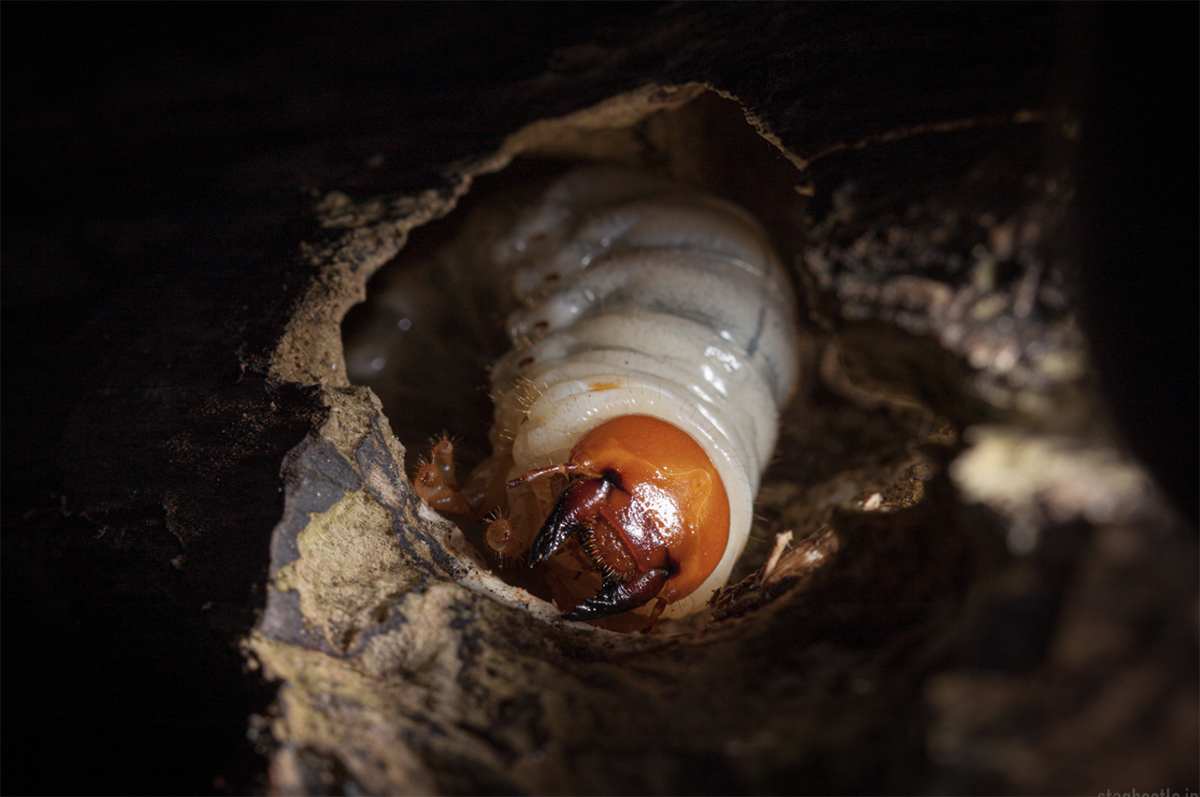 Photography: William Harvey
Photography: William Harvey
Eggs
The female Stag Beetle lays an average of 24 eggs, depositing them underground beside rotting wood.
Assuming enough wood remains to support their offspring, females will often return to where they emerged to lay. The eggs are tiny – measuring just a few mm long. They will develop for around 30 days before hatching, at which point a tiny, totally creamy-white larva will emerge. Within a few hours of hatching, the larva will develop the distinctive bright orange head that is characteristic of Stag Beetle larvae.
Feature content
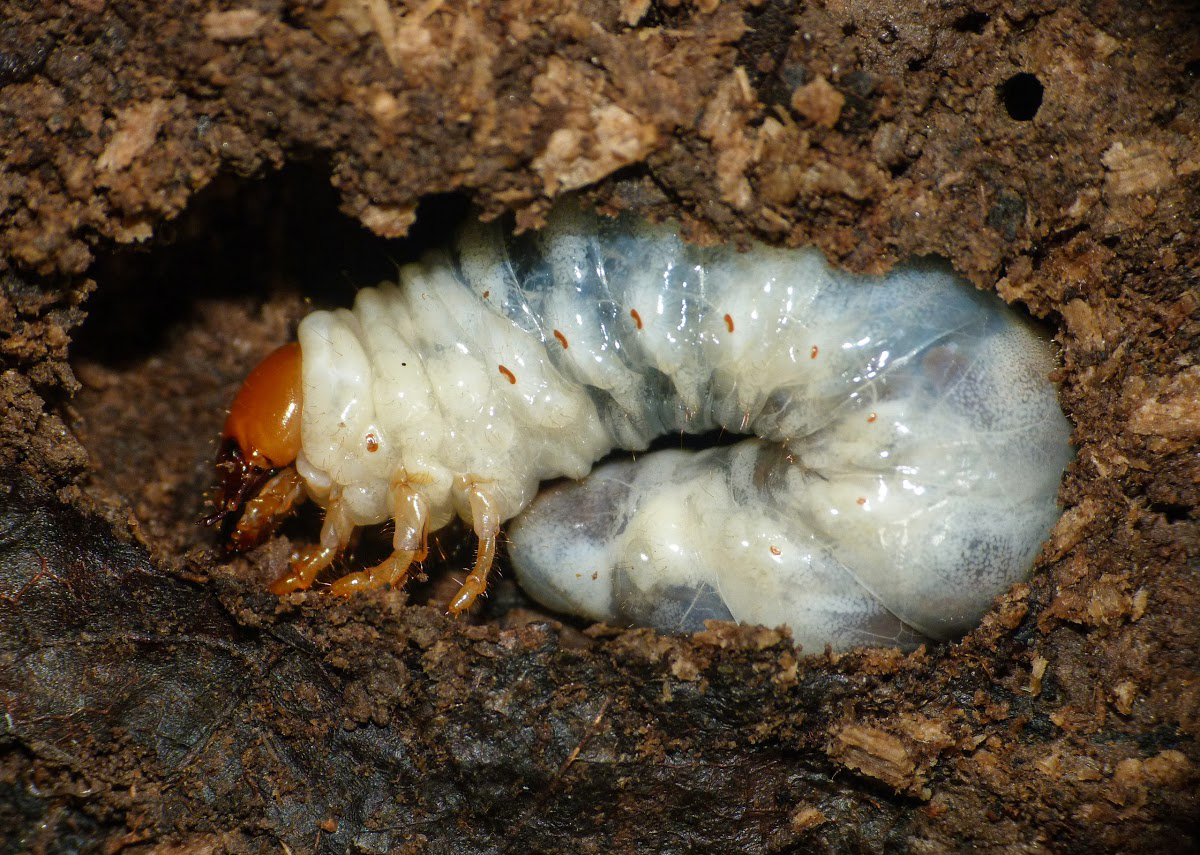
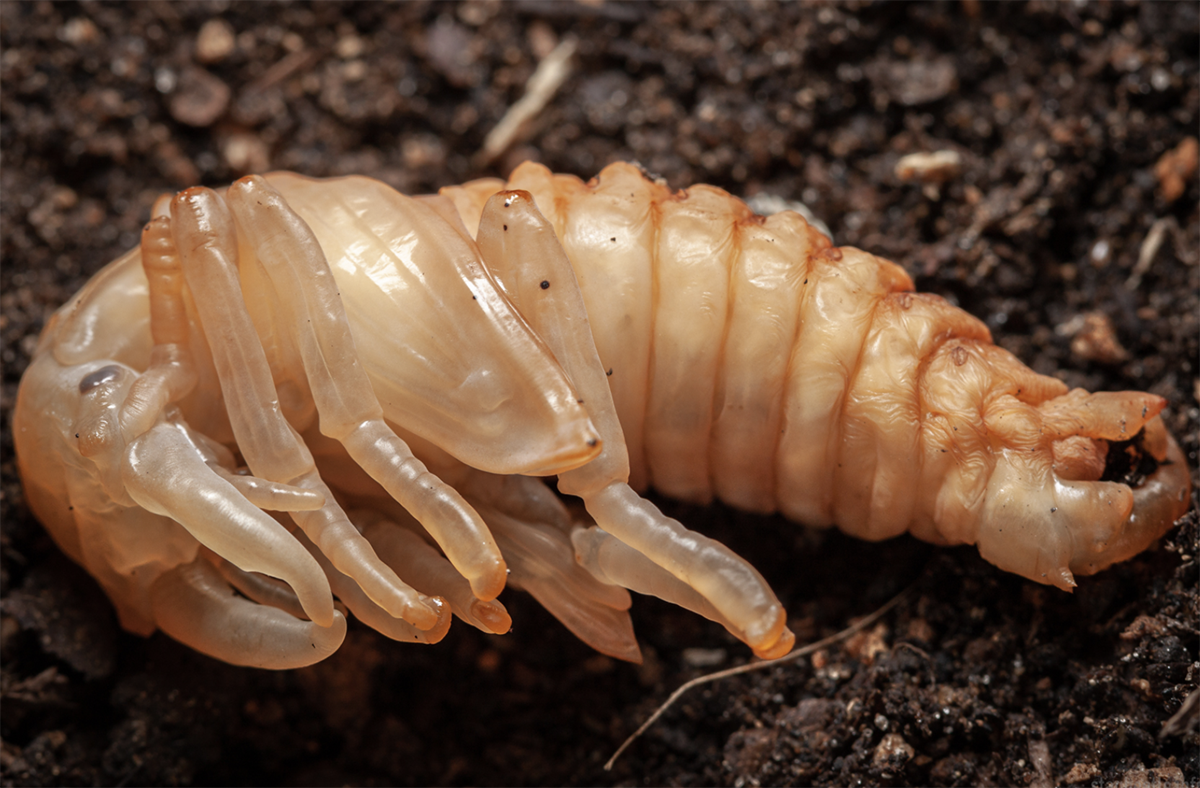
larvae
The rotting wood near to where it hatched will become the larva’s home for up to the next six years.
It will feed on the wood, and in the soil around it, growing to an eventual size of up to 110mm(4.33 Inches). During the larval phase, the beetle is building up all the fat stores in its body that it will use to fuel it for the few short weeks of its adult life.
The larvae have to moult their skin as they grow – they will do this anywhere from 3-5 times across the course of their development.
Feature content

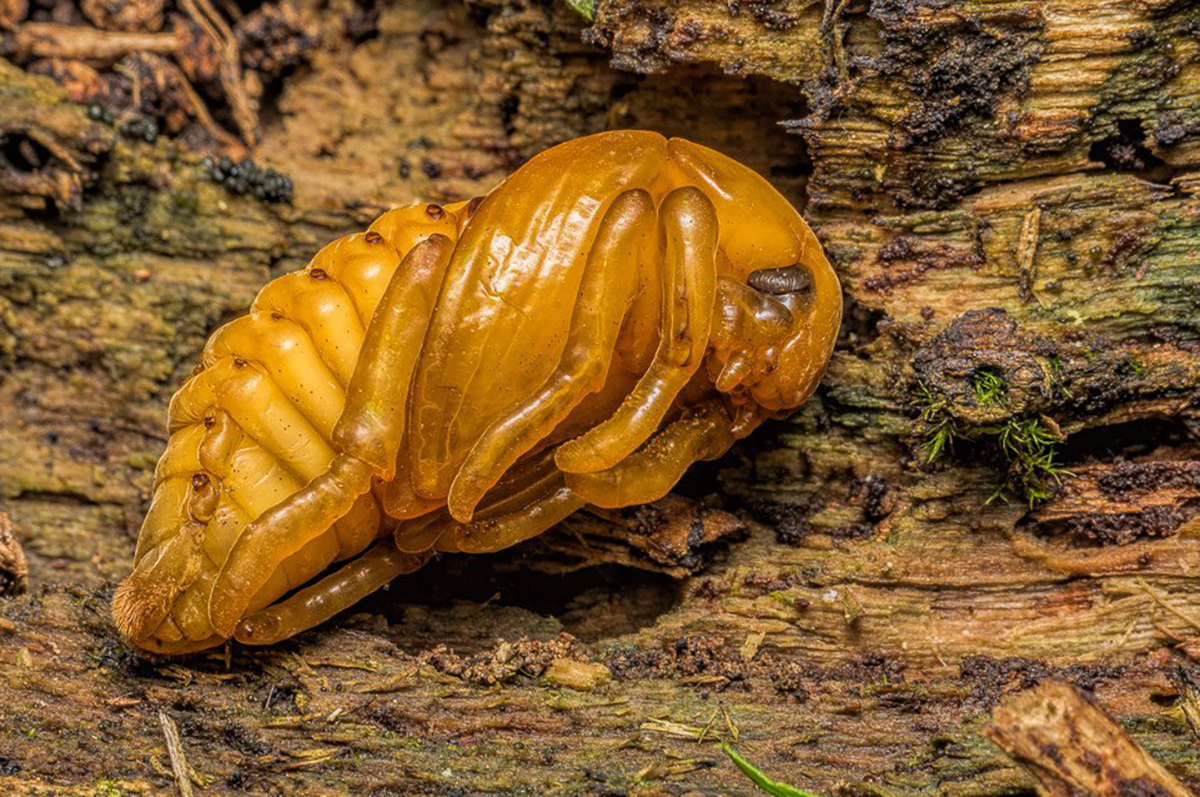
Pupa
An amazing stage in its development is the first point at which the male and female beetles can be easily distinguished.
The pupal stage lasts for up to around 60 days, at the end of which the beetle is finally ready to assume its adult form. As this day approaches, dark details can be seen ever clearer beneath the pupa’s skin, which starts to take on a dry, papery appearance. Eventually, fully formed legs will start to break through, and over the next 24 hours the beetle will fully break free of its pupal skin, fully developed. It’s still not time for it to emerge yet though – it will spend the rest of the autumn and winter underground, waiting for the temperatures to rise as summer approaches.
Feature content
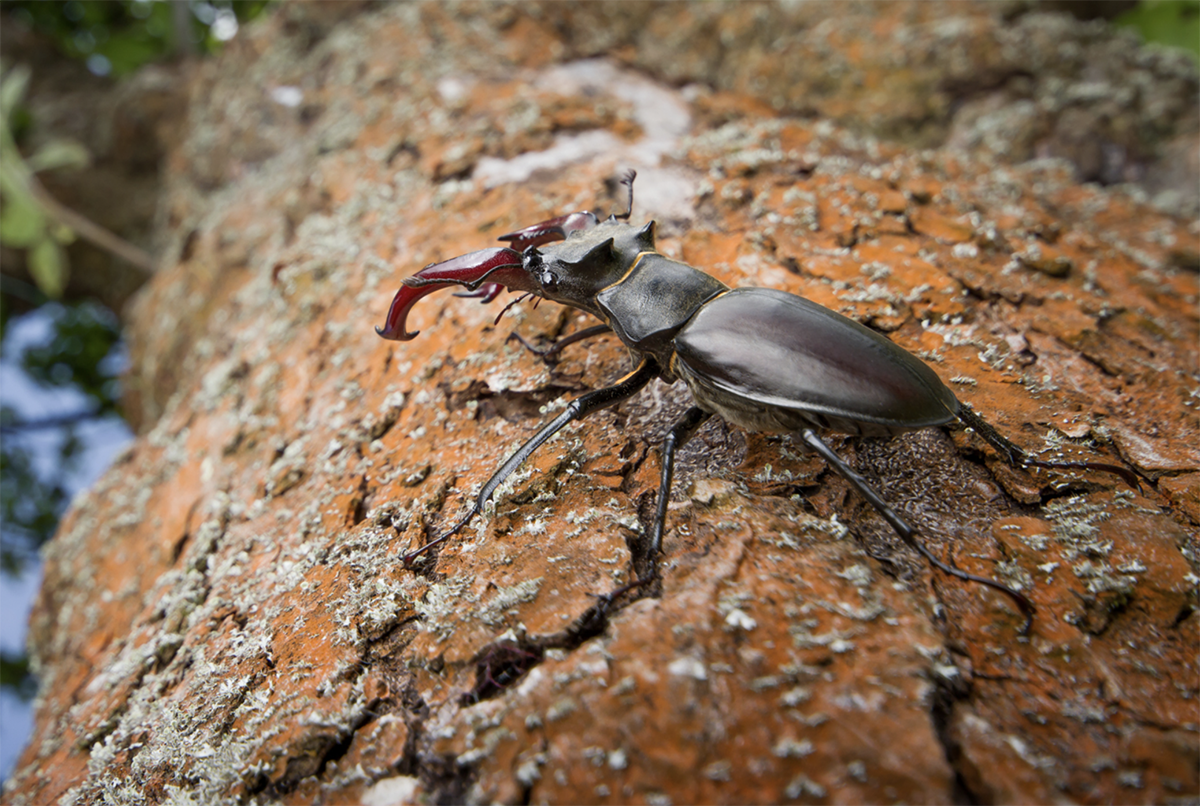
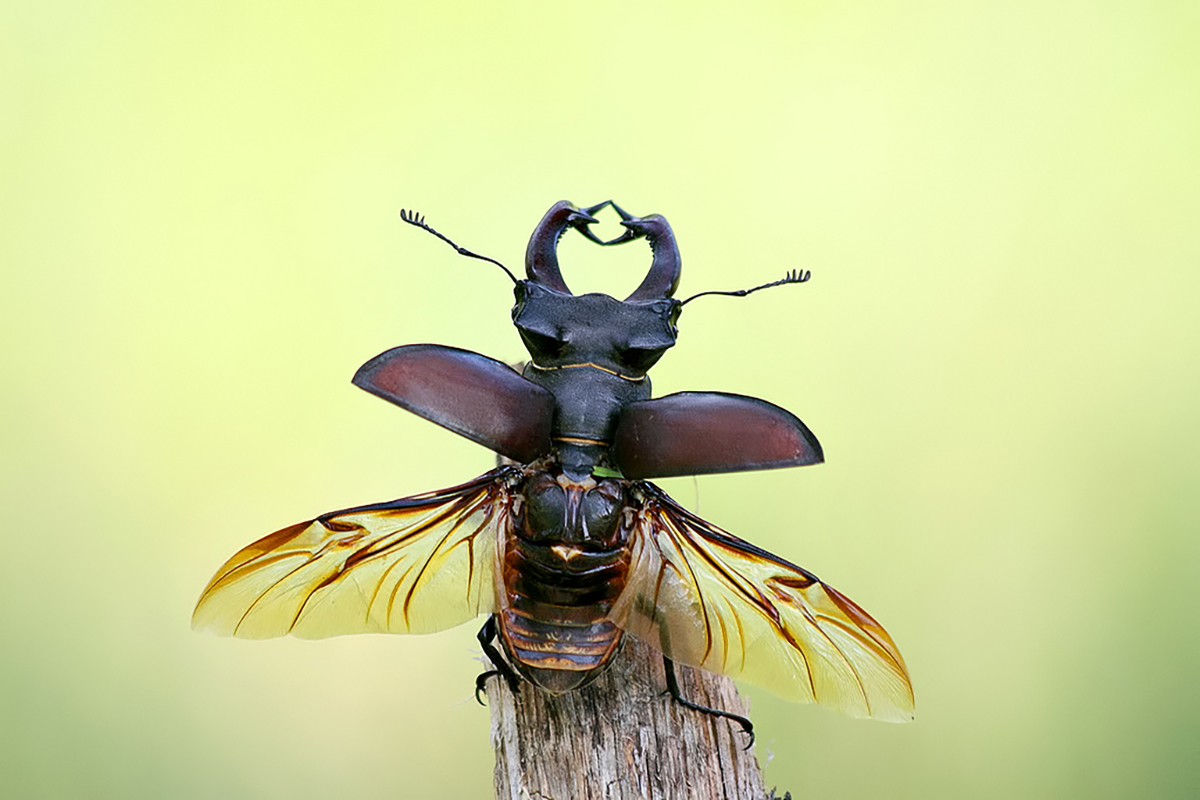
Adult
Come summer, the beetle will dig its way up to the surface, emerging into daylight for the very first time in its life – ready to head out into the world and start the cycle all over again…
The fully grown male stag beetle flies in the evening, looking for a mate. It is up to 75mm long including its antlers. The antlers are used for display, fighting and holding the female still when mating. It does not need to eat, but it may feed on sap.
